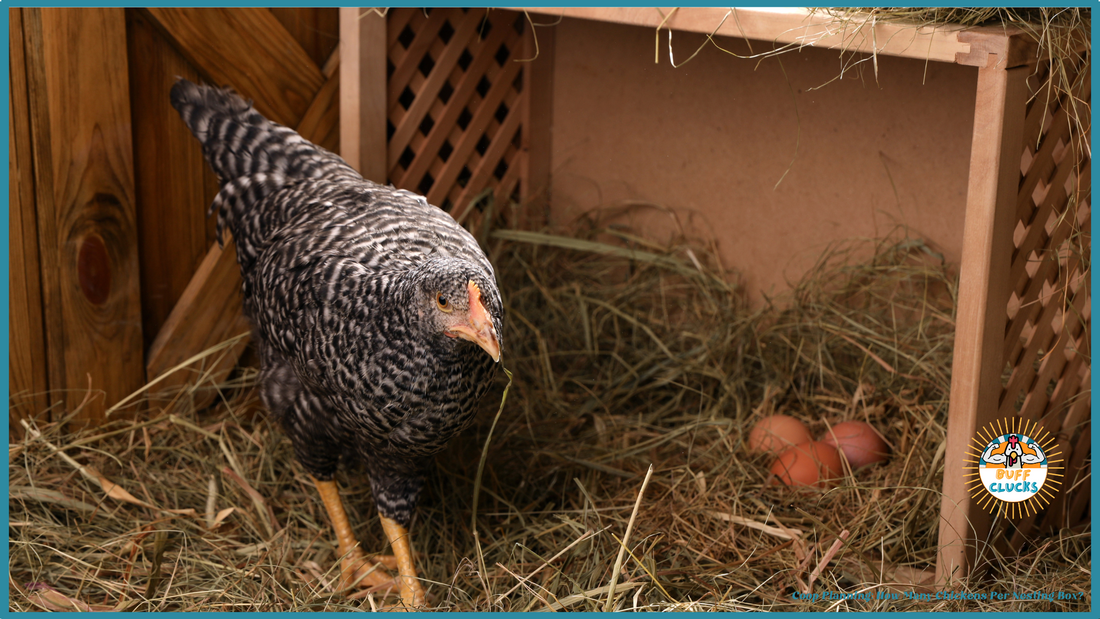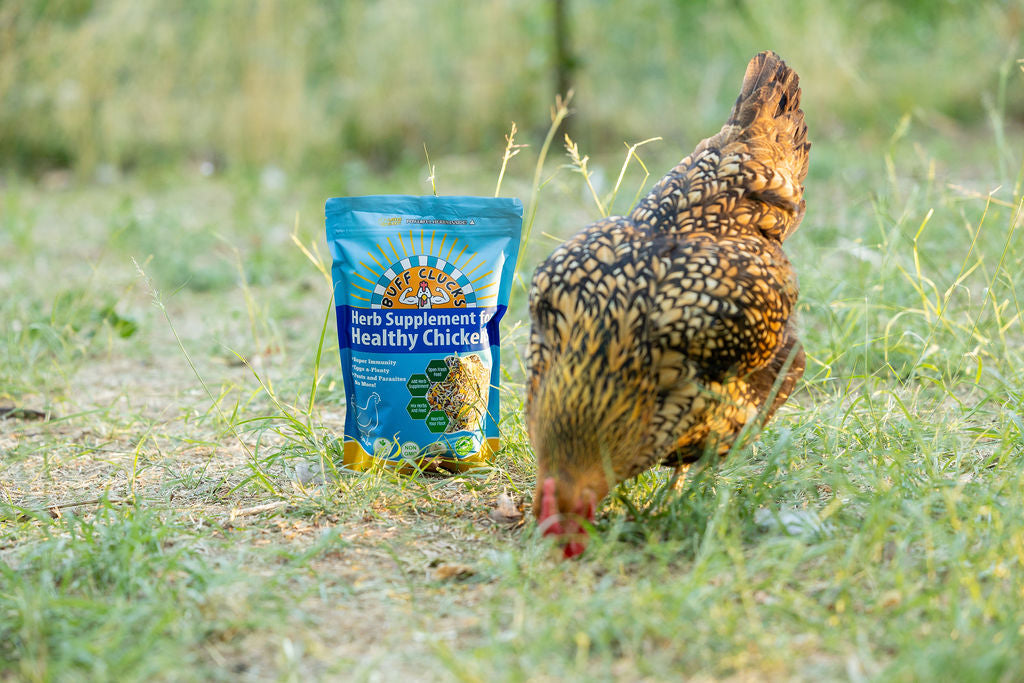
Coop Planning: How Many Chickens Per Nesting Box?
If you've ever caught your hens squabbling over a single nesting box like it's the last juicy worm on earth, you're not alone. Figuring out how many chickens per nesting box is one of those head-scratchers that backyard chicken keepers inevitably face. But don't worry, we've got the scoop (coop?) to keep the peace, and the eggs rolling in.
The Golden Ratio of Chicken Nesting Box
When it comes to determining how many chickens per nesting box will keep your flock harmonious, the magic number is typically one nesting box for every three to five hens. This isn’t just a random chicken-lady superstition; it’s the tried-and-true guideline that helps avoid the great nesting box showdown. However, if your hens happen to be the divas of the poultry world, fluffing their feathers and hogging prime nesting spots, you might want to add an extra box or two. Nothing sparks more drama in the coop than a high-demand, low-availability egg-laying situation.
Why More Isn’t Always Better
At first glance, it might seem logical to install a nesting box for every single hen, but chickens have their own social quirks that throw that idea out the window. Hens are oddly communal when it comes to laying eggs and often gravitate toward the same nesting box, even if there are plenty of vacant ones nearby. It's as if they believe that if another hen laid her egg there, it must be the VIP lounge of the coop. This peculiar chicken logic means that providing too many boxes can actually lead to wasted space and unused nesting spots.
Meanwhile, the "popular" boxes get all the attention, sometimes resulting in overcrowding or squabbles over prime laying spots. The trick is finding that sweet spot, just enough nesting boxes to prevent a queue but not so many that they stand empty and gather dust. Understanding their social nature can help you design a coop that flows with their instincts rather than against them.

Box Size Matters
When it comes to nesting boxes, size really does matter, and getting it right can mean the difference between happy hens and disgruntled cluckers. A properly sized box should measure 12x12 inches, which strikes the perfect balance between cozy and roomy. It’s snug enough to make your hen feel secure, yet spacious enough for her to wiggle, fluff, and settle in for the egg-laying magic. Think of it as a luxury suite, hens like their space but appreciate a little privacy.
Now, let’s talk about ambiance. Nobody wants to lay their prized eggs in a dusty, bug-infested corner, and that’s where Buff Clucks swoops in to save the day. Lining nesting boxes with herbs not only keeps mites and lice from turning your coop into their personal playground but also leaves the box smelling as fresh as a chicken spa day promoting relaxation. Trust us, hens dig it. A clean, fragrant box is practically an invitation for egg-laying. After all, happy hens lay better, and a pest-free, aromatic nesting box makes for some seriously happy hens.
Nesting Box Real Estate Tips
Here are some quick tips to ensure your nesting box setup is prime chicken property:
- Keep them low to the ground but slightly elevated to avoid dampness and discourage floor-laying.
- Place them in a quiet, dim area of the coop to give your hens that "do not disturb" vibe.
- Angle the boxes slightly downward to encourage eggs to roll gently to the back, preventing breakage.
- Add some curtains. Yes, curtains. Chickens love a little privacy!
What About Those Rebels?
Despite your best efforts to make the nesting boxes as inviting as a feathered day spa, some hens just can’t help but be rebels without a roost. These renegade ladies seem to view nesting boxes as mere suggestions and prefer laying eggs in flower pots, hay bales, or even the middle of the coop floor.
For those independent-minded hens, a little subtle persuasion may be in order. Adding herbal supplements to their diet, like our Herb Supplement for Backyard Chickens, can promote overall health while gently encouraging more predictable laying behavior. When hens feel their best, healthy, well-fed, and relaxed, they're far more likely to stick to the program and lay eggs where they're supposed to. Think of it as bribing your flock with a little wellness boost.

Space Planning for Larger Flocks
If you’ve got a booming flock full of heavyweights like Buff Orpingtons or Brahmas, space planning becomes even more essential. Larger breeds need slightly roomier accommodations, consider bumping up nesting box sizes to 14x14 inches to keep those big girls comfy. For every additional 10 hens, tack on 3 to 4 extra boxes to prevent overcrowding and egg traffic jams. The last thing you want is a line of impatient hens waiting their turn like it's Black Friday at the feed store.
And don’t overlook hydration! A larger flock drinks more water, and keeping them well-hydrated is crucial for steady egg production. Add some Aquaboost to their water to ensure their immune systems stay strong. Happy, hydrated hens mean happy, full egg baskets.
The Nesting Box Breakdown
To wrap things up, here's your quick guide:
- 1 box per 3-4 hens
- 12x12 inch boxes but 14 x 14 for larger breeds
- CoopShield for pest-free, spa-like nesting vibes
- Herbal Supplements for rule-breaking rebels
- AquaBoost for hydration and healthy egg-laying
Remember, the goal isn't just to get eggs, it's to keep your hens happy, healthy, and squabble-free. A peaceful coop is a productive coop, and that means more eggs for breakfast, baking, and the occasional frittata. And hey, if you catch your hens gossiping in the nesting box, just roll with it. After all, happy hens lay the happiest eggs.
























